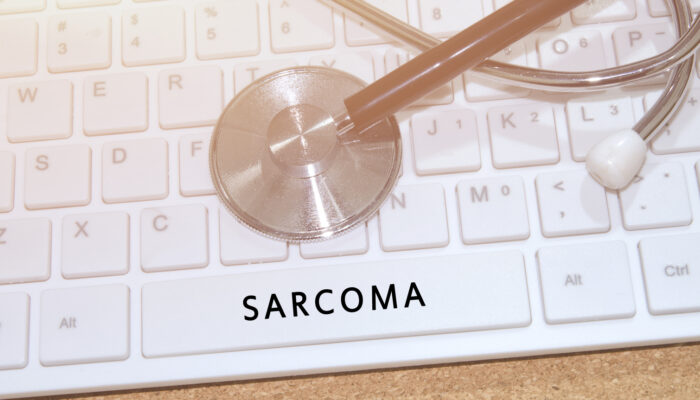
Diagnosising early rheumatoid arthritis
Rheumatoid arthritis is a condition where the immune system attacks the individual’s joints and this leads to inflammation leading to severe pain and a variety of other symptoms. If this condition gets diagnosed at the earliest, the complications arising can be minimized. Thereby understanding different things to minimize the condition is of importance.
What are the different ways in which rheumatoid arthritis can manifest?
- Polymyalgia onset
The affected person is usually old and experiences significant stiffness around the pelvic girdle and shoulders. One other sign that can be seen through this onset is the rise of the erythrocyte sedimentation rate. In this period, there will be a good response to the administration of corticosteroids given at a low dose. - Systemic onset
The first symptoms that are observed when the condition starts in this manner are fever, fatigue, depression, or something related to extra-articular manifestations like vasculitis or serositis. Manifestations in arteries, however, are usually absent in the starting stages. - Palindromic onset
When the condition manifests itself in this way, the individual would experience back to back episodes of redness, pain, and swelling at either one or several joints simultaneously. Each symptom could last for about one to two days. Eventually, the symptoms would turn persistent. - Persistent monoarthritis
The individual suffers from persistent arthritis affecting one large joint such as that at the shoulder, wrist, knee or ankle.
What are the risk factors which could worsen the early symptoms and the condition as a whole?
While it is not entirely certain as to which factors trigger the immune system to attack the joints more severely, some factors have shown to have more risk than others. These factors are as follows:
- Smoking
- Moderate alcohol consumption
- Sex
- Breast-feeding
- Obesity
When should individuals consider consulting a doctor?
The early treatment of rheumatoid arthritis is possible only if the early signs of rheumatoid arthritis are recognized and a specialist opinion is taken. If an individual experiences joint pains continuously for a span of 6 to 8 weeks in addition to several other symptoms, they should definitely be referred to a doctor for the consideration of the presence of rheumatoid arthritis. The other symptoms which should be looked out for in addition to the incessant joint pain are as follows:
- Early morning stiffness that lasts for at least for a period of 30 minutes
- Systemic symptoms such as weight loss, fatigue, and fever
- Joint swelling
- Involvement of metatarsophalangeal joints and metacarpophalangeal joints
- Positive rheumatoid factor
- Raised inflammatory markers
In the starting stages of rheumatoid arthritis, seropositivity tests that indicate the presence of rheumatoid factor, subcutaneous nodules, and radiographic erosions are all absent. Rheumatoid arthritis at an early stage is found through the development of various combinations of symptoms. Hence, it is on the general clinicians and the non-rheumatologists to identify the symptoms which resemble this condition and tie it to a possibility of the presence of this condition. Doing so can help in the commencement of early-stage treatments for the condition which can minimize the complications and the current symptoms, thereby reducing the extent of the condition in itself.



